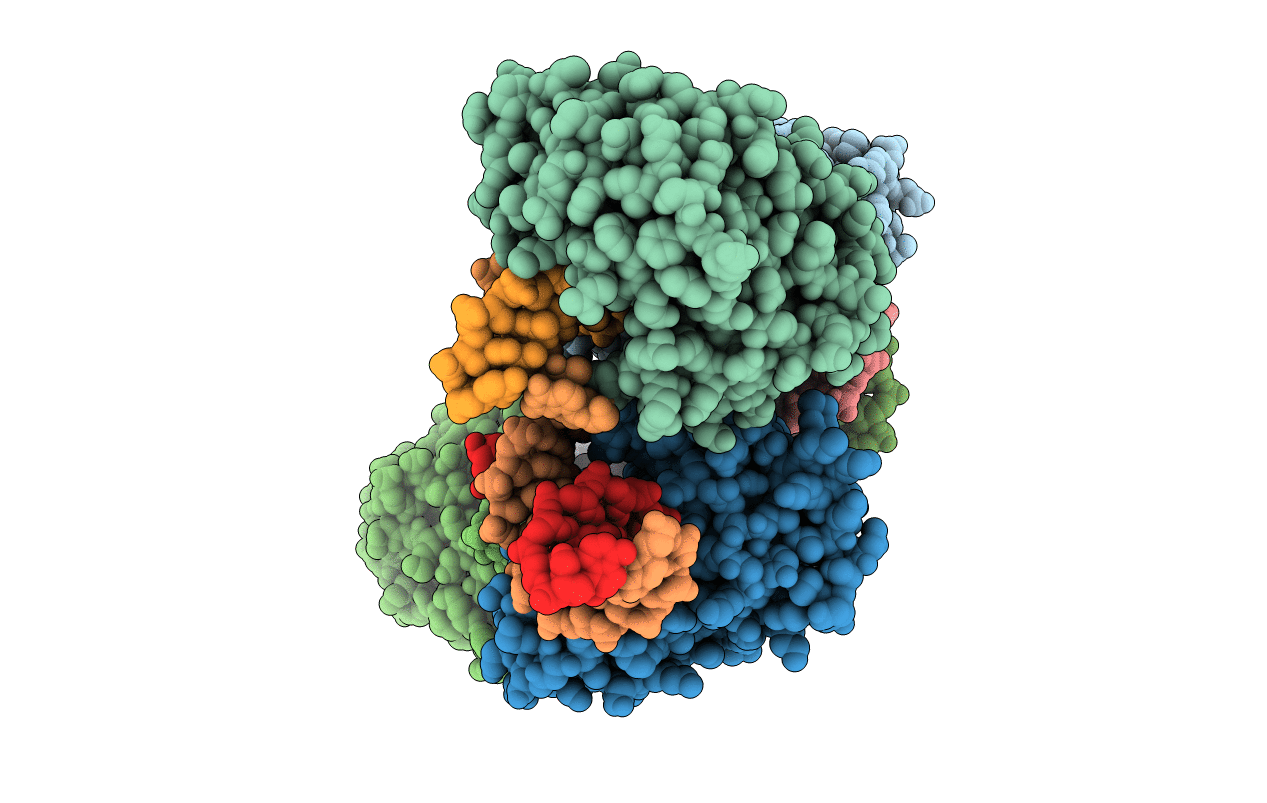
Deposition Date
2009-11-12
Release Date
2010-02-02
Last Version Date
2023-09-06
Entry Detail
PDB ID:
3KNT
Keywords:
Title:
Crystal structure of Methanocaldococcus jannaschii 8-oxoguanine glycosylase/lyase in complex with 15mer DNA containing 8-oxoguanine
Biological Source:
Source Organism:
Methanocaldococcus jannaschii (Taxon ID: 2190)
Host Organism:
Method Details:
Experimental Method:
Resolution:
2.70 Å
R-Value Free:
0.22
R-Value Work:
0.18
R-Value Observed:
0.19
Space Group:
P 1 21 1


